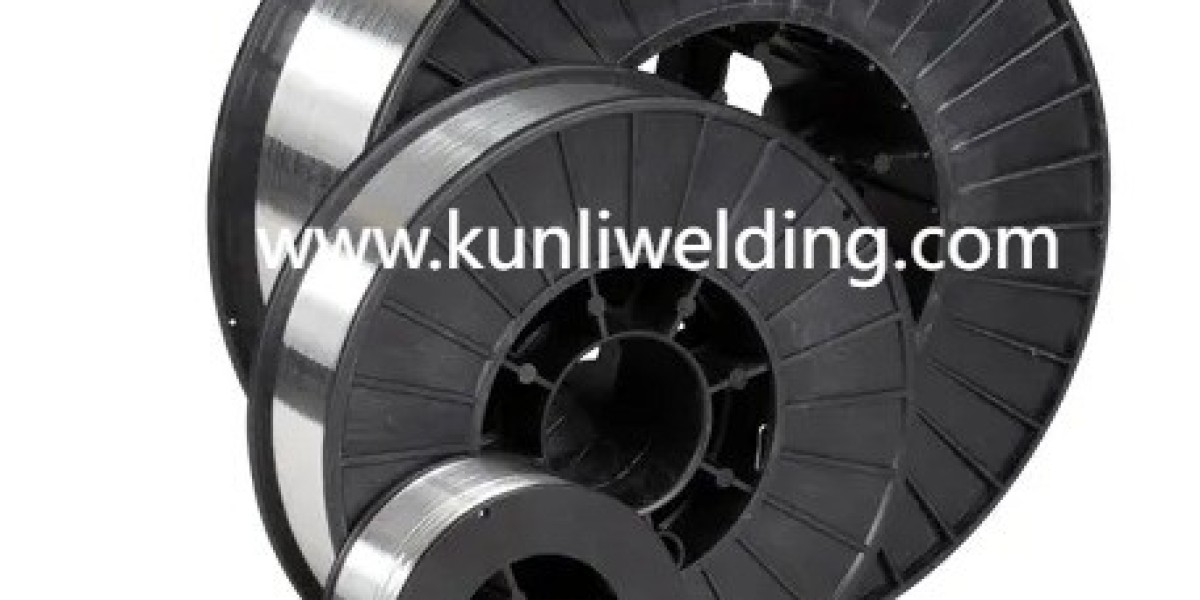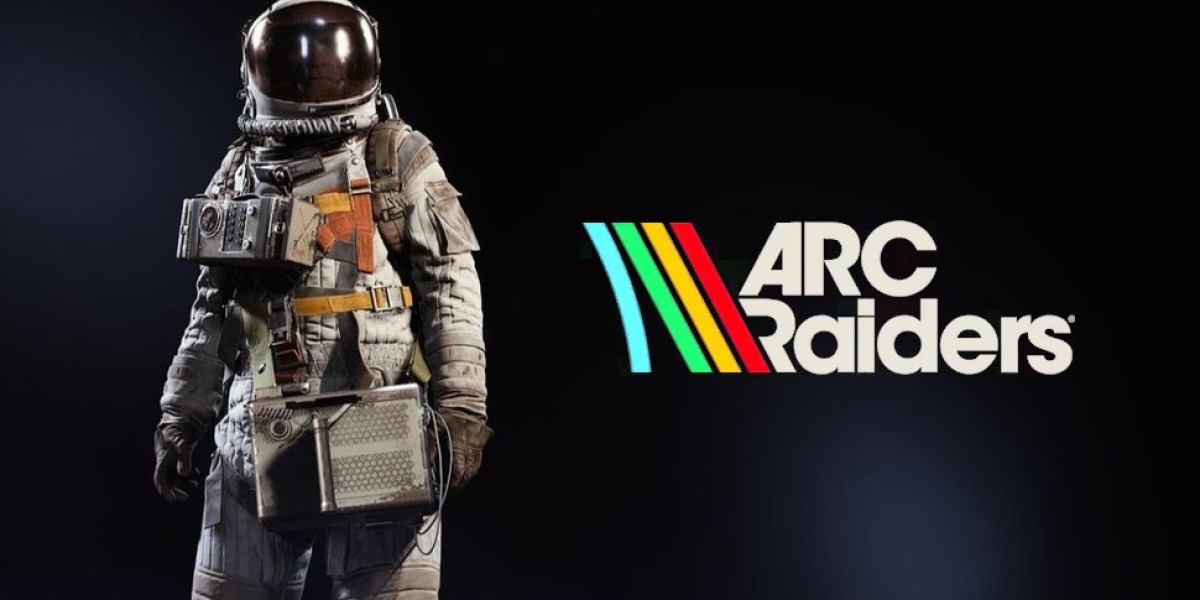In today's landscape of expanding electric vehicle production and rapid growth in renewable energy installations, many fabricators consult Aluminum Tig Wire Suppliers for guidance on selecting the right filler metal. When choosing between ER4043 and ER5356 grades, understanding their distinct alloy chemistries and welding attributes can make a significant difference in achieving reliable and aesthetically pleasing welds under evolving environmental and performance demands.
Alloy Composition and Weld Appearance
ER4043 features a higher silicon content, which lowers the melting temperature and enhances fluidity in the weld pool. This leads to smoother bead profiles and easier wetting on aluminum castings or sheet applications. In contrast, ER5356 contains magnesium as its primary alloying element, offering greater strength and slightly darker weld beads that blend well with 5xxx series base metals. Recent developments in lightweight vehicle frames highlight the importance of weld appearance for downstream painting and surface treatments, making ER4043 an attractive choice for applications where appearance matters.
Mechanical Performance and Joint Strength
While ER4043 delivers good tensile strength suited for many structural joins, ER5356 exhibits higher yield and tensile values, making it more appropriate for load-bearing weldments. In infrastructure news, when cities unveil new tram lines and urban transit hubs, the demand for robust aluminum support brackets and rail car bodies increases. ER5356's superior mechanical properties help joints withstand dynamic loads and vibration, ensuring long-term durability even in demanding service environments.
Corrosion Resistance in Marine and Outdoor Settings
Coastal wind farms and offshore platforms are frequently in the headlines as nations push for clean energy. In salty and humid atmospheres, alloy selection becomes critical. ER5356 offers enhanced corrosion resistance in marine environments, reducing the risk of filiform corrosion beneath painted surfaces. ER4043 performs well in less aggressive conditions but may require additional surface protection for outdoor structures. Engineers specifying filler wires for renewable energy towers often favor ER5356 to match the corrosion profile of 5083 or 5454 series base metals.
Thermal Conductivity and Heat Input Control
Applications such as heat exchanger assembly and battery enclosure fabrication demand precise heat input control to avoid warping thin sections. ER4043's lower melting range means it requires less heat and shorter arc times, minimizing distortion. Conversely, ER5356 works at a slightly higher temperature range, which can be beneficial when deeper penetration is needed in thicker sections. As industrial facilities adopt more digital welding controls, operators adjust current and travel speed to fine-tune arc characteristics for each wire type.
Operator Skill Level and Process Adaptability
For welders transitioning from stick or MIG processes, ER4043 often provides a gentler learning curve thanks to its fluid arc and forgiving nature. Many training programs now include modules on both ER4043 and ER5356 to help operators recognize splice sound differences and adapt torch angles accordingly. ER5356's arc is somewhat stiffer, requiring more precise control but rewarding skilled welders with stronger joints. As automation trends continue, robotic welding systems are increasingly programmed with preset parameters for both alloys to ensure consistency.
Cost Considerations and Project Timelines
ER4043 typically commands a slightly lower price point due to its silicon-based formula, making it appealing for high-volume production runs where visual finish is a priority. ER5356's added strength comes with a modest cost increase, but this can be justified when mechanical performance and resistance to stress corrosion cracking are critical. In fast-track construction and automotive production news, procurement teams balance material costs with project schedules, often keeping both alloys on hand to flexibly respond to design changes.
How to Choose Between ER4043 and ER5356
For smooth, decorative welds on non-load bearing panels: consider ER4043.
For structural components and marine applications requiring higher strength: consider ER5356.
For mixed base-metal assemblies: match the filler alloy to the predominant substrate series.
For rapid training and forgiving arcs: ER4043 may streamline operator onboarding.
For vibrational or cyclic load environments: ER5356 enhances joint longevity.
Selecting the right alloy depends on priorities such as weld aesthetics, joint strength, corrosion profile, and cost targets. By partnering with knowledgeable suppliers, fabricators can obtain tailored recommendations and expedited sample deliveries to validate weld parameters before full-scale production.
To explore detailed product specifications, availability, and technical support for both ER4043 and ER5356 aluminum TIG wires, visit www.kunliwelding.com/product/ where you can find comprehensive information on alloy properties and ordering procedures. Engaging directly with supplier experts ensures your next welding project aligns with performance goals and evolving industry trends.








